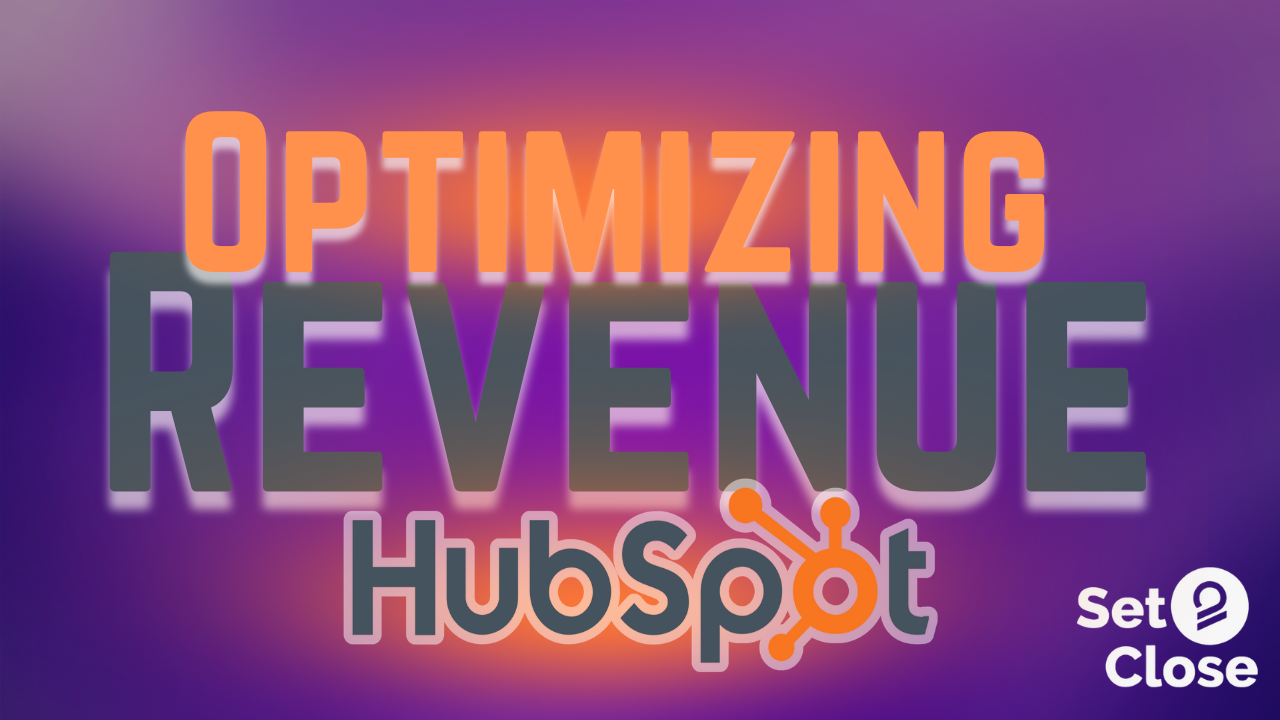How to Optimize Revenue in HubSpot

Optimizing revenue is a crucial goal for any business using HubSpot. To achieve this, it's essential to adopt a comprehensive approach that includes aligning marketing and sales efforts, focusing on key metrics, leveraging automation tools, and following best practices for lead management. This article delves into each of these aspects to help you maximize your revenue potential with HubSpot.
Key Takeaways
| Key Takeaway | Description |
|---|---|
| Alignment of Marketing and Sales | Effective strategies for aligning marketing and sales to boost revenue. |
| Key Metrics for Optimization | Essential metrics for tracking and optimizing revenue in HubSpot. |
| Automation Tools | How automation tools can streamline processes and increase revenue. |
| Best Practices for Lead Management | Proven practices for managing leads effectively in HubSpot. |
Aligning Marketing and Sales for Better Optimization
Strategies for Alignment
Unified Goals Aligning marketing and sales starts with establishing unified goals. Both departments need to have a shared vision and objectives to work towards. This can involve setting common revenue targets and defining joint key performance indicators (KPIs).
Regular Meetings Regular meetings between marketing and sales teams are vital for maintaining alignment. These meetings should focus on discussing progress, sharing insights, and addressing any challenges. Frequent communication ensures both teams are on the same page and can adapt strategies as needed.
CRM Integration Utilizing HubSpot's CRM to integrate marketing and sales data is crucial. A centralized CRM system allows both teams to access and update customer information, track interactions, and measure the effectiveness of campaigns. This integration fosters collaboration and ensures that all data is up-to-date and accessible.
Key Metrics for Revenue Optimization
Essential Metrics
Conversion Rates Conversion rates measure how effectively marketing and sales efforts turn leads into paying customers. Monitoring these rates helps in understanding the effectiveness of various campaigns and sales strategies. High conversion rates indicate successful engagement and sales processes.
Customer Acquisition Cost (CAC) CAC represents the cost associated with acquiring a new customer. This includes marketing expenses, sales team costs, and other related expenditures. Keeping CAC low while maximizing customer acquisition is key to improving revenue efficiency.
Lifetime Value (LTV) LTV estimates the total revenue a customer is expected to generate over their lifetime. By comparing LTV with CAC, businesses can assess the profitability of their customer acquisition efforts. A higher LTV relative to CAC indicates a more successful revenue optimization strategy.
Leveraging Automation Tools to Increase Revenue
Types of Automation Tools
Email Marketing Automation HubSpot’s email marketing automation tools can significantly enhance revenue by automating personalized email campaigns. These tools allow you to segment your audience, send targeted messages, and follow up with leads based on their interactions.
Workflow Automation Workflow automation helps streamline repetitive tasks such as lead nurturing and follow-ups. By setting up automated workflows, you can ensure timely and consistent communication with prospects, improving overall efficiency and conversion rates.
Lead Scoring Lead scoring assigns values to leads based on their behavior and engagement level. This helps prioritize leads that are more likely to convert, allowing your sales team to focus on high-potential opportunities. Automation tools can score leads automatically, enhancing your lead management process.
Best Practices for Lead Management
Effective Lead Management
Lead Scoring Implementing a robust lead scoring system is essential for effective lead management. Scoring leads based on their actions, engagement, and fit with your ideal customer profile ensures that your sales team focuses on the most promising prospects.
Personalization Personalizing your communication with leads increases engagement and conversion rates. Use data and insights from HubSpot to tailor your messages and offers to individual preferences and behaviors. Personalized interactions demonstrate value and build stronger relationships with potential customers.
Segmentation Segmenting your leads based on criteria such as demographics, behavior, and stage in the buying process allows for more targeted marketing efforts. This approach ensures that leads receive relevant content and offers, improving the likelihood of conversion.
Optimizing Revenue in HubSpot requires a strategic approach that includes aligning marketing and sales efforts, focusing on critical metrics, leveraging automation tools, and applying best practices in lead management. By integrating these strategies, businesses can enhance their revenue generation capabilities and achieve better results.
Don’t forget to download our Set 2 Close Playbook for free to further enhance your content creation strategies. Stay updated with the latest insights and tips by subscribing to our channel and following us on social media. Together, let’s unlock the full potential of your content creation journey!
Make the smart choice—schedule a consultation with us today.
Keep up-to-date with the latest advancements in Sales/Marketing AI and Revenue Operations by following us on LinkedIn, YouTube, and Meta. Subscribe to our newsletter to ensure you never miss out on vital industry insights and the latest news affecting the broader landscape of revenue operations.
Related Articles

Your Sales Reps Need To Be Content Creators Here’s How To Do It
If you are a sales rep or manage a sales team, you need to be acting as a part-time content marketer.